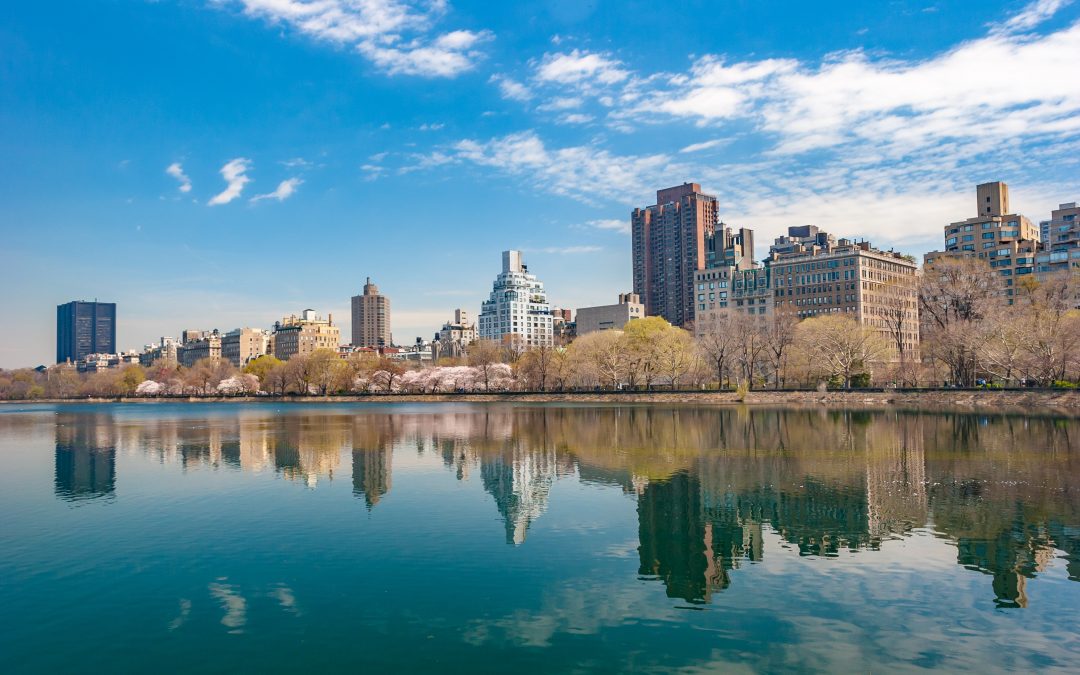Central Park is one of the best places in Manhattan to enjoy the changing seasons, go running (or ice skating), and experience world class cultural events. A visit to Central Park is a quintessential New York experience: ask any tourist about their itinerary, and it is sure to make the short list. But do tourists (or locals) know about the not-for-profit conservancy that keeps Central Park beautiful?
The Central Park Conservancy raises about 75% of the park’s annual budget, which makes them responsible for the essential work it takes to keep the park an iconic, safe, and lively place. But surprisingly, this was not always the case.
The Central Park Conservancy was formed in 1980 during a time when much of New York City’s public spaces weren’t as pristine. In fact, a New York Times story published on May 26, 1977 reported, “In Central Park, the once‐green lawn of the Sheep Meadow is wearing away, gradually becoming a dust bowl with overuse.” Continued the article, “At the Bethesda Fountain, drugs are sold routinely, and the Duck Pond each night becomes a receptacle for beer and soda cans.”
During this dark time when Belvedere Castle was tagged with graffiti and its meteorological equipment routinely smashed or stolen, things were very different than they are today. Central Park was considered a dangerous place to walk alone, especially at night.
“Believe it or not,” says Elizabeth W. Smith, President and CEO of the Conservancy, “Central Park was a place not to go.” She recalls carrying the mandatory pepper spray in her purse for her rare outings into the Park. “Actually going to Central Park wasn’t on anyone’s radar.” The design elements that make the park a peaceful refuge from the city — secluded woodlands, hidden coves, paths that curve and dip from sight — also made the park hard to protect from crime.
In other words, things were stacked against the Conservancy, but it came out triumphant.
In 1980, a group of concerned New Yorkers decided enough was enough and banded together to improve the park.
So where did they start? Recollects former president and CEO of the Central Park Conservancy, Doug Blonsky, it was by “re-sodding the Sheep Meadow, restoring the Dairy, planting American Elms, getting rid of graffiti, and fixing broken benches.”
He added, “These early successes proved we could take on bigger projects and we did.” In 1983, 1,500 of the iconic luminaire lamp posts were installed to make the park safer.
In 1985, after a three-year study, The Conservancy published Rebuilding Central Park: A Management and Restoration Plan, which was basically a 15-year plan for the recovery of Central Park. And in keeping with their projections, in 1987, the Bethesda Terrace was reopened after an extensive four-year restoration, the success of which exemplified the usefulness of long term planning and organization.
Central Park is an ongoing success story because it is indeed ongoing. For almost 40 years the Park Conservancy has been very organized and specific in how it utilizes charitable and city funds to handle the massive task of upkeeping the 840-acre park.
Addressing ongoing plans for the Park, Smith stated, “Now that the Park is largely restored — although its extraordinarily heavy use will always demand significant investment year after year — our challenge is: How do we create a model of sustainability to ensure that Central Park always stays beautiful, and that we continue to innovate and develop best practices in park management? And how do we send this message with a sense of urgency?”
It’s a lot to juggle, but it’s worth it to keep America’s most iconic big city park as majestic as it was when it was created out of farmland 160 years ago.
This post originally appeared on Debrah Lee Charatan’s Philanthropy blog






